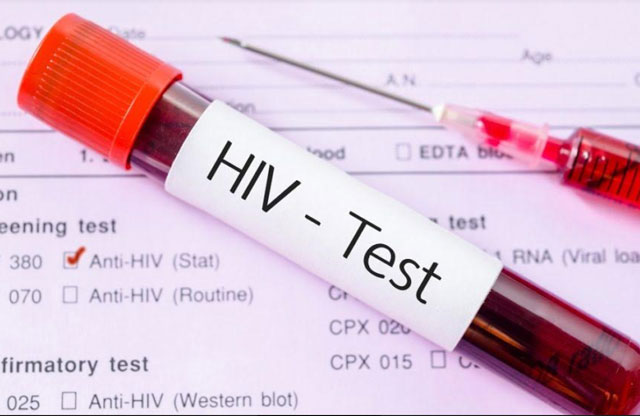
The high cost of inequalities that symbolise the deep vulnerabilities that fuel the HIV epidemic in our region
COMMENT | ANNE GTHUKU – SHONGWE | This World AIDS Day, Dec.01, we had some good news. Our collective efforts are yielding results. There has been major progress in the HIV response in East and Southern Africa, the region with the highest number of people living with HIV.
New HIV infections fell by 59% between 2010 and 2023. The number of AIDS-related deaths decreased by 57% between 2010 and 2023. 83% of the 20.8 million people living with HIV are on treatment and 78% of those are virally suppressed.
This is remarkable progress thanks to the leadership of governments, the work of communities, the support of development partners, and the global solidarity and commitment to the HIV response.
However, let us not confuse progress with ending AIDS.
Just two weeks ago, I was in Madagascar and encountered a disturbing reality. In the south of the country, a region experiencing drought and severe poverty, we learned the heartbreaking story of girls exchanging unprotected sex for a single tomato. This story symbolises the deep inequalities and vulnerabilities that fuel the HIV epidemic.
Women and girls continue to be disproportionately affected by HIV. Each week, 3,100 teenage girls and young women in our region aged 15-24 years become infected with HIV. They are three times as likely to be infected with HIV than their male peers.
Risky transactional and intergenerational relationships driven by poverty, harmful socio-cultural norms including child marriages, and sexual and gender-based violence are some of the factors fueling the spread of HIV amongst our girls.
We are facing increasing pushback against sexual and reproductive health rights which is troubling given that in East and Southern Africa, 20% of girls become pregnant before the age of 20, which is one of the highest adolescent pregnancy rates globally. This backlash threatens access to essential sexual and reproductive health, HIV, and other vital services for women, girls, and marginalised communities.
During the same visit to Madagascar, I met a woman concerned about her young niece’s declining health. The girl was tested for HIV and, unfortunately, the results were positive. When asked to identify her sexual partners, she listed 30 names. She simply lacked the information she needed to protect herself from HIV and access to the necessary services.
Inequalities in access to education are putting many, particularly young girls, at risk. In Africa, 34 million girls of secondary school age are out of school. Urgent investment in girls’ education is critical – keeping girls in secondary school can reduce their risk of getting HIV by 50% or more in some countries. This is especially significant given that girls aged 15 – 24 accounted for 77% of all new HIV infections within this age group.
While women and teenage girls in our region are disproportionately affected by HIV, children are also being left behind. One in three children globally is not tested for HIV within the first two months of life. In East and Southern Africa, HIV treatment coverage is at 65% which is markedly lower than the coverage for adults. The commitment to protect all children living with and affected by HIV is not being met. When we consider the inequalities that continue to drive HIV in our region, we must not forget the children.
Progress in addressing stigma, discrimination, social inequalities, and violence has been slow. The global targets for 2025 to reduce these challenges are not within reach. Discriminatory attitudes towards people living with HIV are widespread, even though they have declined in some countries, such as Eswatini and Rwanda.
The criminalisation and marginalisation of key population groups – men who have sex with me, sex workers, people who inject drugs, and incarcerated people – continue to undermine efforts to end AIDS. The punitive measures towards people from these communities heighten the stigma and discrimination, driving them away from vital health services, including HIV treatment and prevention.
While improving laws that criminalise key populations is essential, it is not the only solution. We must also challenge the stigma and discrimination deeply ingrained in people that often stems from religious beliefs, cultural traditions, and societal norms.
UNAIDS’ World AIDS Day report, Take the Rights Path to End AIDS , shows that upholding rights is the pathway to an HIV response that is robust and sustainable. It underscores the fact that to protect everyone’s health we must protect everyone’s rights.
And there is hope. The world can end AIDS as a public health threat by 2030 and the new UNAIDS report provides a clear roadmap. The message is simple: to end AIDS, we must take the rights path.
*****

Anne Githuku-Shongwe, Regional Director, UNAIDS Regional Support Team, East and Southern Africa
Source: AllAfrica
 The Independent Uganda: You get the Truth we Pay the Price
The Independent Uganda: You get the Truth we Pay the Price



